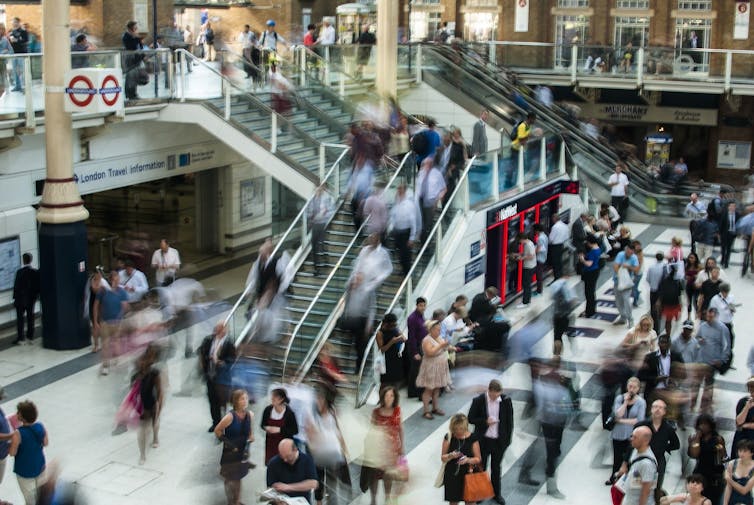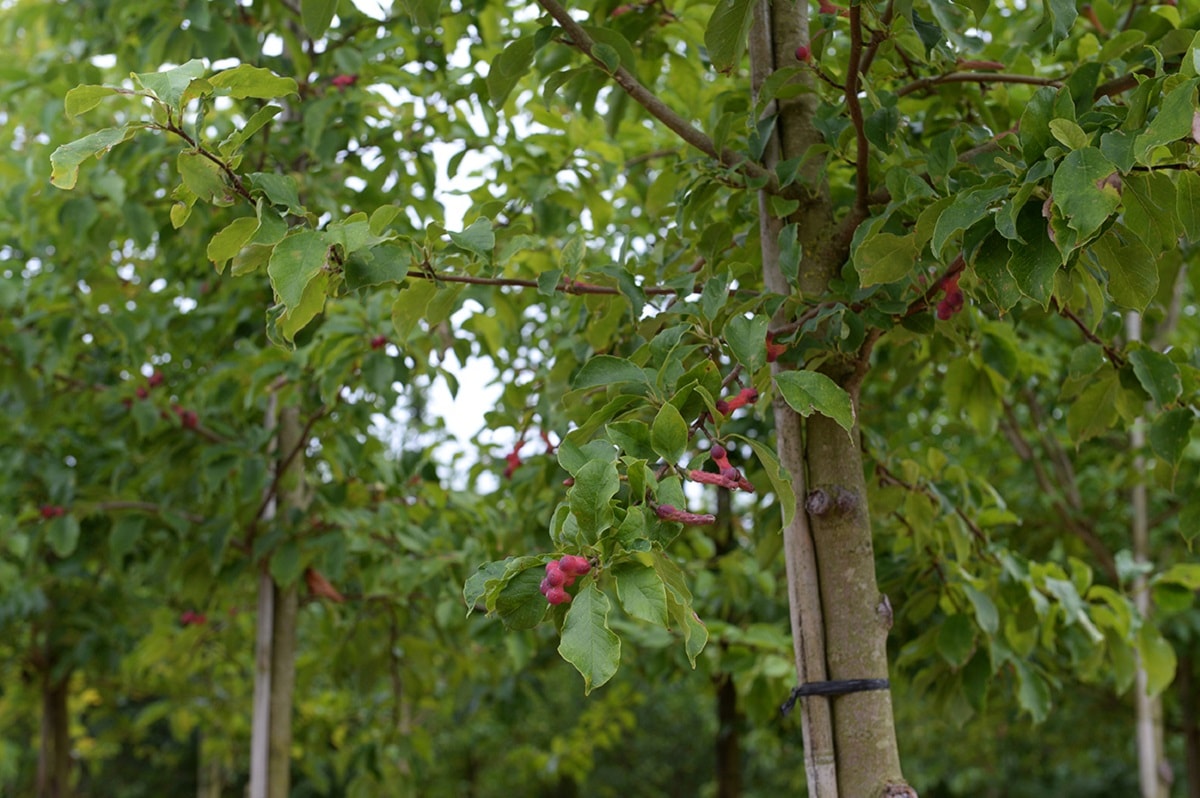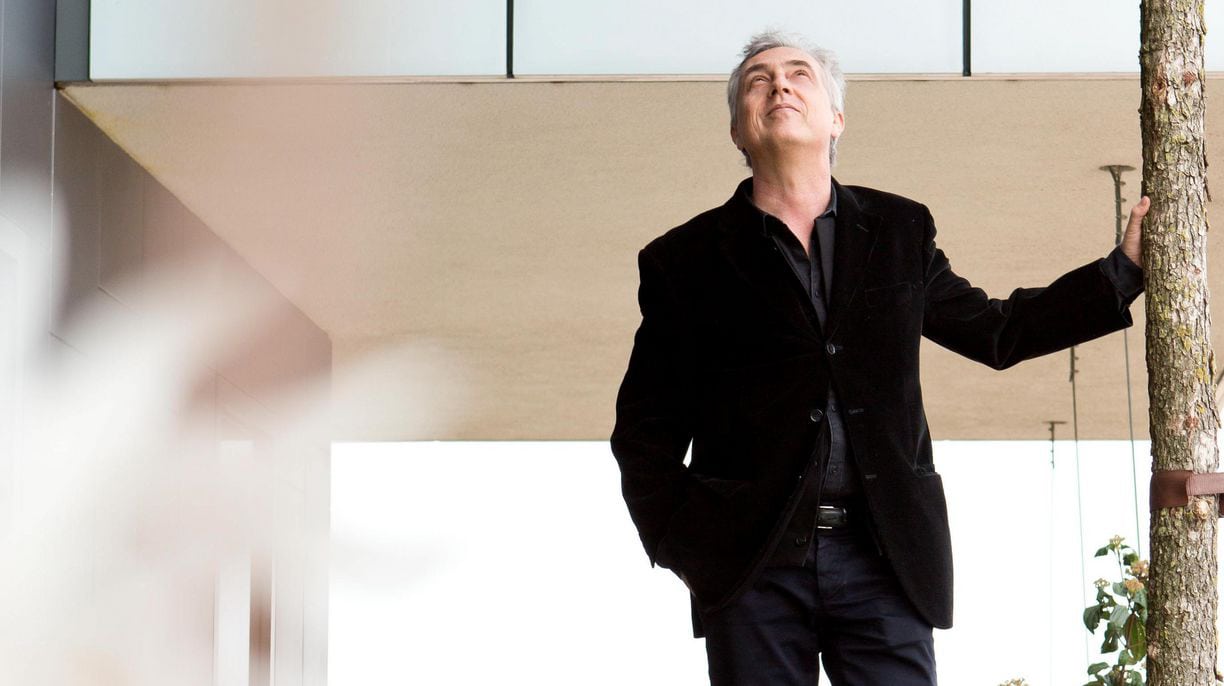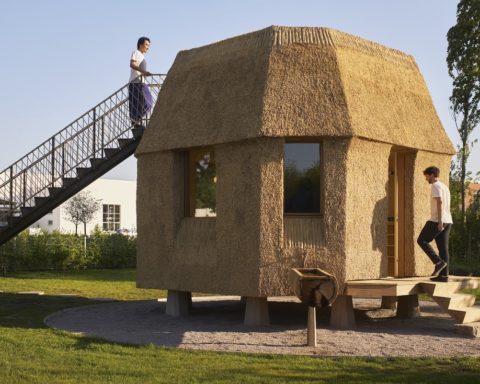Whether you live in an apartment in the heart of the city or in a detached house on the outskirts, there are three types of cultural models that characterize the way you live at home. They determine the boundary between public and private spaces. They form the basis of our social identity. Finally, they organize intra-family relationships at the domestic level. The containment imposed to combat the Covid-19 epidemic has upset these references. Confrontation with public space is reduced, family interactions and gender relations are changing in the home, so that a new definition of the home is emerging.
If live Everyday life consists of solving a set of problems, increasing the amount of time spent at home in a constrained way increases new situations of cohabitation, the possibilities of conflict and the need for adjustment.
Privacy Perimeters
Who are the French forced to stay home? In France, only 38 % households between the ages of 25 and 59 form what is known as a "traditional" family, i.e. a family made up of two parents living as a couple with children born of their union. While "traditional" families are relatively in the majority, the complexity of contemporary family forms is revealed in a situation of confinement.
For example, single-parent families, which account for more than 19 % of households, and stepfamilies (around 12 %) are likely to face childcare requirements, with one-quarter of them being multiresident. Moreover, in 2013, nearly one in two young adults will still be living with their parents, according to the Housing survey of INSEE, which leaves open the question of whether those concerned have chosen to confine themselves to family rather than friends.
It is difficult to estimate the number of households sharing an apartment (2 million "non-family households" according to INSEE, between 8 % and 11 % according to a survey) the confinement redrawing the perimeter of intimacy of this form of consensual grouping.
The elderly, finally, who are still living at home, i.e. the large majorityThe people of the United States of America, for example, are faced with crucial and rapid choices: to stay at home, to join their families and children, or to take in their children who have sometimes fled their cramped urban homes.
Confined surfaces
Confinement situations faced with the problems of poor housing are also complex. There are of course the 150,000 homeless people and the almost 4 million people with no fixed abode. poorly housed. According to INSEE,
One in ten families with minor child(ren) live in overcrowded housing. In metropolitan France, it is in the urban areas of Paris and Nice, in connection with the limited supply of large housing and the high price of housing for purchase and rent, that this phenomenon seems most glaring. It concerns 37 % families in the central cities and 25 % in their suburbs.
In Paris, before the confinement, in January 2020, the Paris Chamber of Notaries established the index property prices at 10300 euros/m2 and the median size of an apartment remains restricted to 46 m2 in 2016.
If, on the announcement of the lockdown, the wealthiest neighborhoods seem to be empty In some popular holiday resorts, the middle classes, forced to live in small spaces, have certainly also participated to the exodus.
Second homes are certainly an escape route for those who left Paris at the announcement of the confinement. But their proportion is low (around 10 %) and these departures certainly refer to the phenomenon of the dual residency which, according to an INED 11 study, concerns % of adults.
Multifunctional spaces
In France, the housing sector is the subject of strong investment in terms of comfort and ownership. More and more French people are becoming homeowners, following the encouragement of successive governments. The peri-urbanity and return to town agree on the development of the appropriation and securing of inhabited space, as evidenced by the success of DIY and furniture stores.
However, the high cost of space is making it increasingly difficult to customize the habitat. Those who resign themselves to renting a room and sharing their apartment, seasonally or permanently, can testify to the difficulty of having a space of their own.
Confinement and the systematic requirement for teleworking call into question the organisation of housing around the allocation of one function per room. In small apartments, the multifunctionality of the premises is more and more the rule while being a major constraint.
Territorial densities
Little data is available on location strategies within containment. However, the current pandemic situation reveals the vulnerability of the city to the density of its population in both housing and public space.
With a little less than 2.2 million of inhabitants over 105.4 km2Paris has a population density of approximately 21 people per square metre.2making avoidance impossible. However, one of the factors in the development of the disease is its high contagiousness associated with the number of people with the disease. important and likely of asymptomatic carriers.
The virus takes advantage of the overcrowding imposed by our big cities. More seriously, recent work on the number of people who have died in Italy and China shows that suffering from other pathologies is a factor in vulnerability to the viral attack.
A 2003 study conducted in China on SARS coronavirus showed that patients living in areas with moderate air pollution were 84 % more likely to die than those living in areas with low air pollution. This raises the question of the factors that, in our cities, create a vulnerability that can be described as residential.

In this respect, Paris could be a sensitive city. In 2018, Airparif detected in its assessment the existence of chronic pollution in the capital that repeatedly exceeds air quality standards.
Ultimately, while containment makes it possible to respond to a health issue, it deprives us of interaction with the public space - a fundamental dimension of the way we live in the world - and this strategy can only be envisaged in the short term. The moment we are living in today is precious in that it reveals the complexity of what threatens our existence when we can no longer take part in the life of the city.
That's why we have launched a sociology survey containment to identify the unequal conditions of "living" in France under the constraint of pandemics. After the crisis, its results will make it possible to question the factors that make our lives vulnerable and of which the epidemiological question is unfortunately only one of the dimensions.
Yankel FijalkowProfessor, sociologist and urban planner, Laboratoire LAVUE UMR 7218 CNRS, National Superior School of Architecture of Paris Val de Seine (ENSAPVS) - USPC and Nadine RoudilProfessor HDR in Sociology, CRH - UMR CNRS 7218 LAVUE,, National Superior School of Architecture of Paris Val de Seine (ENSAPVS) - USPC
This article is republished from The Conversation editorial partner of UP' Magazine. Read theoriginal paper.
![]()












